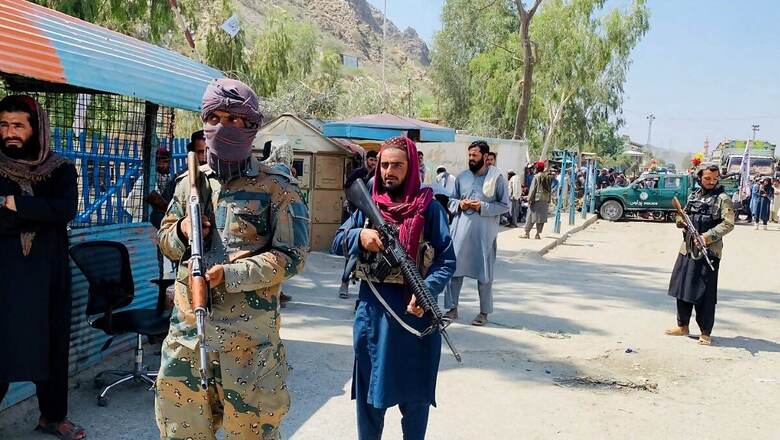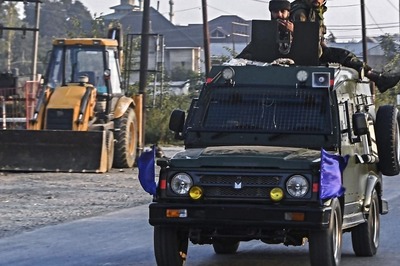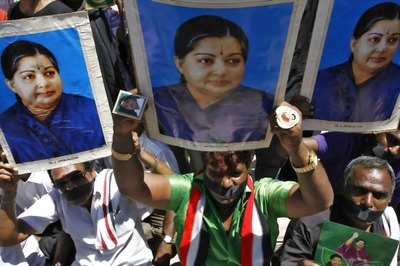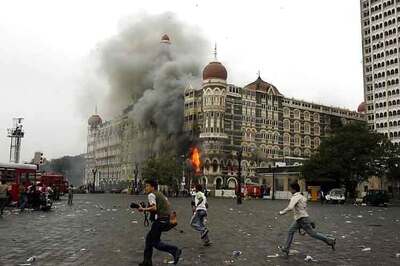
views
Pakistan recently carried out two air strikes in Afghanistan, killing five women and three children. In response, the Taliban on Monday said it fired heavy weapons at Pakistani forces along the border in retaliation.
The neighbouring countries have traded blame over who is responsible for a recent spate of Islamist militant attacks in Pakistan. Islamabad said the March 16 suicide attack on a Pakistani military post in North Waziristan was launched from Afghan soil. Meanwhile, Afghanistan’s ruling Taliban denies this.
The Pakistani foreign office, in a statement, said it had carried out “intelligence-based anti-terrorist operations in the border regions inside Afghanistan”. It added the strikes targeted members of the Hafiz Gulf Bahadur, announcing the return of a familiar militant group to the forefront.
Who is Hafiz Gul Bahadur?
What is being seen as a shift from being hailed as the “good Taliban” to being labeled as the “bad Taliban,” the Bahadur outfit has recently been involved in terror attacks in Khyber Pakhtunkhwa’s southern region, raising questions about the group’s position within country’s militant landscape dominated by the Tehreek-i-Taliban Pakistan (TTP).
Bahadur, a prominent figure from the Mada Khel clan of the Uthmanzai Wazir tribe in North Waziristan, has a complex history intertwined with the region’s militant activities, according to a Dawn report. Initially aligning with the US in the “war on terror” post-2001, Bahadur provided refuge to militants fleeing Afghanistan into Pakistan’s tribal areas, the report.
Despite entering into a peace agreement with the Pakistani government in 2006, Bahadur maintained ties with the Afghan Taliban, operating a suicide training camp for the Afghan insurgency. According to the Pak newspaper, his reluctance to join the TTP stemmed from a focus on the Afghan insurgency rather than activities within Pakistan, as well as concerns about divisions among local Taliban groups and ideological differences.
Links to Haqqani Network, Al Qaeda
Bahadur’s group has benefited from support from influential groups like the Haqqani Network, Al Qaeda, and the TTP, receiving crucial resources and operational freedom due to the tribal makeup of the region. The group’s transformation from ‘good’ to ‘bad’ Taliban was marked by the end of the peace agreement in 2014, following a major military offensive in North Waziristan. The indiscriminate tactics employed during the operation, including the killing of Bahadur’s relatives and displacement of their families, fueled his anti-government stance, according to Dawn.
Recent developments indicate a potential shift in Bahadur’s group’s focus towards Pakistan, with collaborations with the TTP being reported. The TTP’s aim to become the leading jihadist force in Pakistan has led to mergers with various factions, including Bahadur’s group. Talks of a unified platform between the TTP and Bahadur’s group have raised concerns about the security situation in south Khyber Pakhtunkhwa and the challenges it poses to security forces.
Bahadur’s group’s evolution from a cooperative entity to an adversarial force within Pakistan’s militant landscape reflects the intricate dynamics of the region’s militant activities and the shifting alliances among different groups. The recent developments hint at a potential collaboration between Bahadur’s faction and the TTP, posing new challenges to security forces and raising concerns about the security situation in the region.
(With agency inputs)




















Comments
0 comment